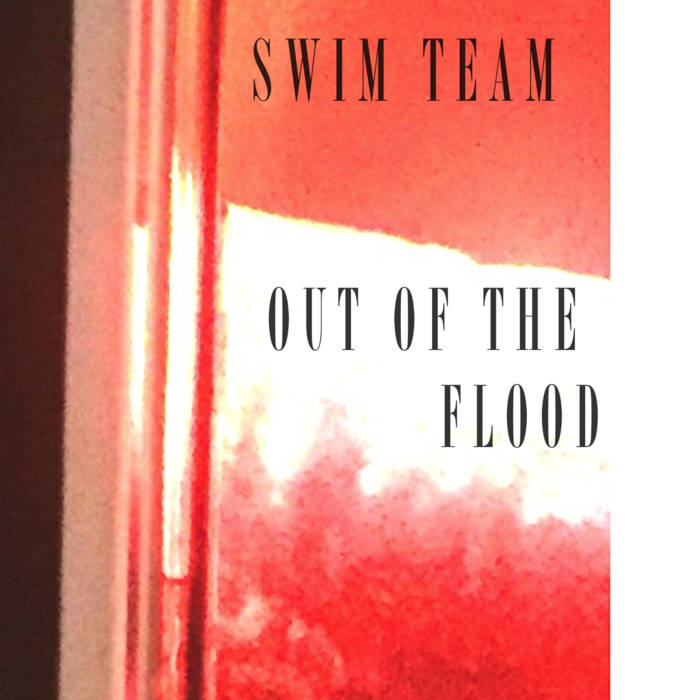In FOONYAP’s “Woolf & Plath,” she sings, ”A lady ran into the woods / She swallowed darkness / Returned to mud.” As the words flow over the cracks of FOONYAP’s lips like golden threads in the course of Palimpsest, reality brings tenebrous fantasy into life. It is low tide at the shore where FOONYAP weaves the story of inner battles out of ten enchanting songs, decoding human behaviour and transformation.
This is a story where words combine to form uncomfortable truths such as the pain and struggle included in the process of personal growth (“I am small / Smaller I grow / When I grow up / I weep / Weeping I know / I grow” in the track “#3”) or the interconnectedness of things (“Nous sommes deux astres / Dans l’univers / Qui tournent autour ce sol éphémère” in “Gabriel Moody”). In searching for phrases, FOONYAP sinks her fingers into the sand and unearths ambiguous aspects of the human condition: emotionality, desire, mortality, adversity, continuity, connection and growth.
FOONYAP combines multiple influences on Palimpsest: her classical music studies, a Catholic upbringing, and traditional Chinese heritage. Palimpsest is liberated from the conformities of classical origins to produce a signature sound that alternates between vibrating lullabies and primordial heart-explosions. Her cry in “Fun Machine” scratches her lungs as she screams “I should have known / Your silken whir / Your hollow eyes / That filled with spite,” while later her narrator in “#2” confesses, “When I call / No one comes / When I fall / No one runs.”
Equal distributions of her unbowed violin and electrified mandolin pierce the unlit stage of the album’s setting. There are moments throughout all of the songs when FOONYAP’s powerful simplicity and performing ingenuity can simply amaze — in “#3” every curve, every edge, every breath of each letter is felt. Each song has its own character but the uniformity found in the fragility of her vocals and the hard-to-achieve, ultimately smooth flow between the songs make them parts of the same one story.
As the music unfolds, it becomes clear that further attempts to analyze Palimpsest blocks the magical aura that runs in its veins. To be unafraid and let Palimpsest swallow you up is more than enough to know what this album is all about.
There is a storyteller who appears at shores when the tide is low. She has violin strings in her throat and a Mandobird perched on her shoulder. She is the child of Love and Chaos. They call her FOONYAP, the one who, from the depths, reaches the stars. And every tale has truth inside.






